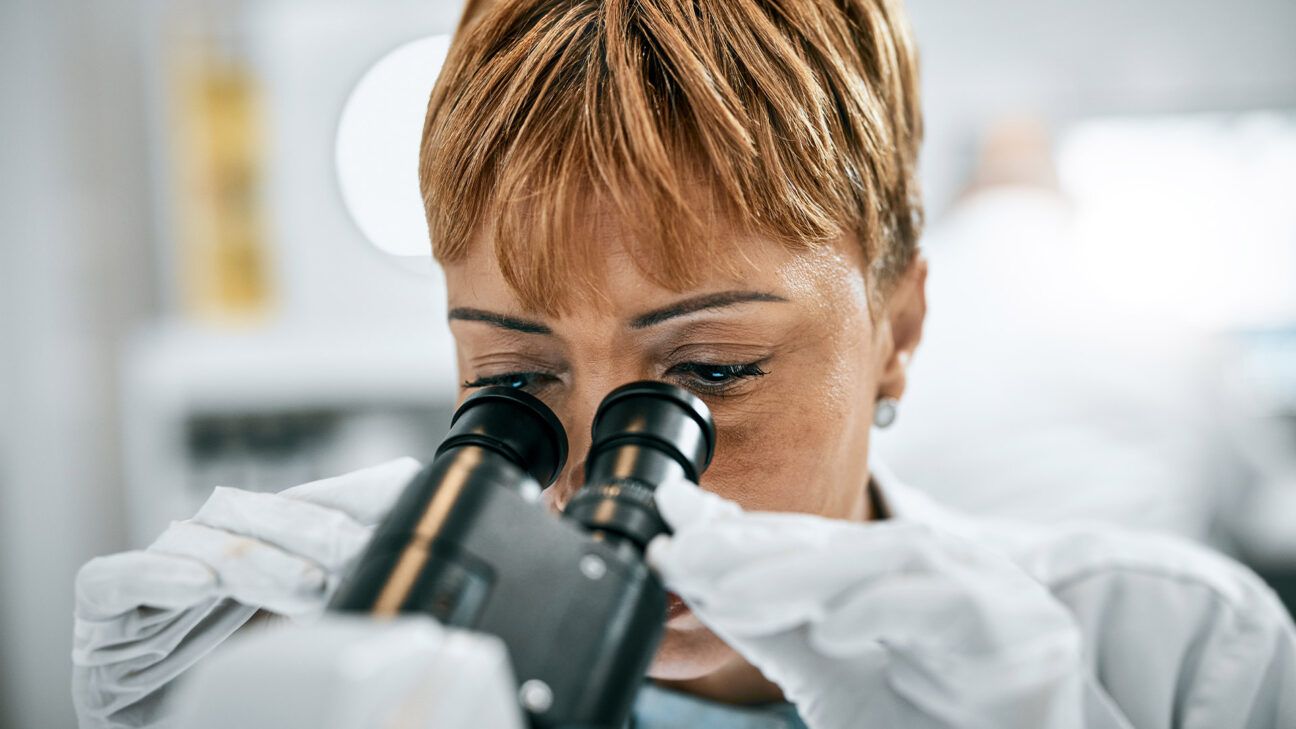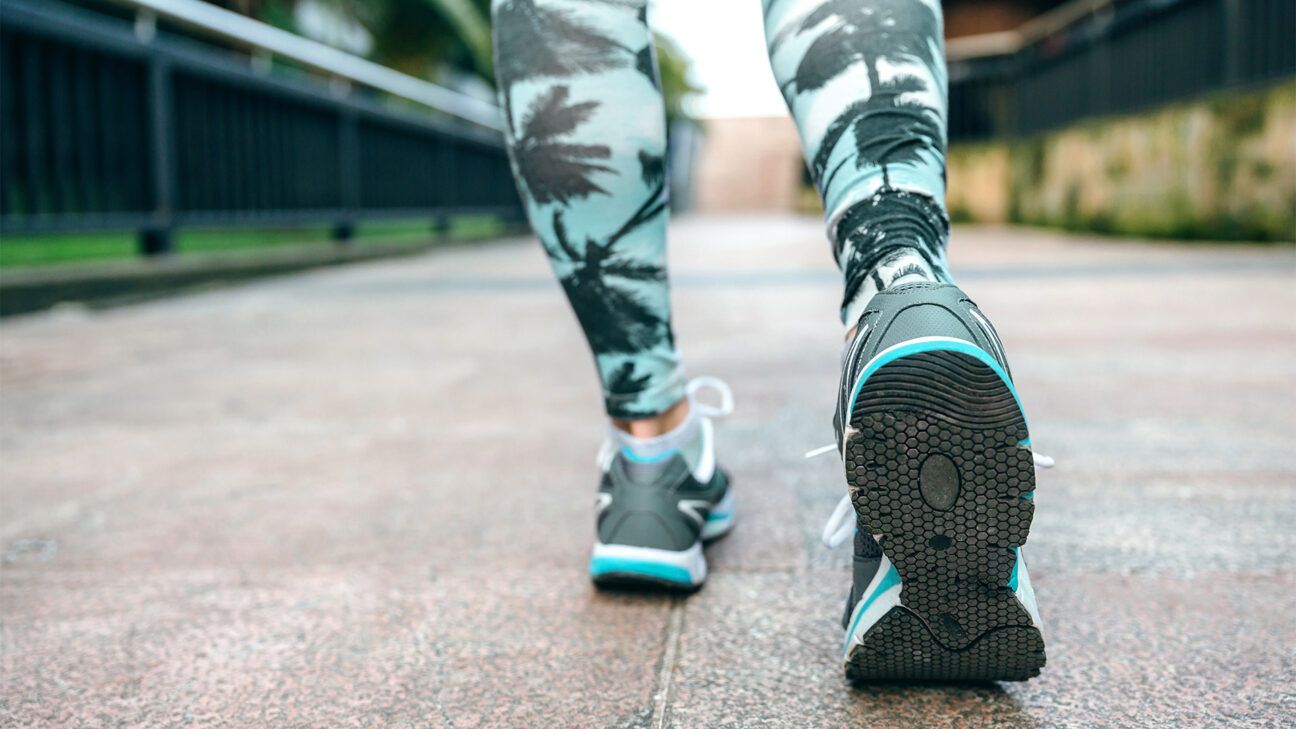Eating Vegan, Keto Diets May Help Improve Your Immune System In 2 Weeks

- Scientists observed rapid and divergent changes in immune system response in individuals who ate a strict vegan or ketogenic diet.
- The findings are from a small trial conducted by the National Institutes of Health.
- Researchers believe the study could eventually lead to a better understanding of how diet could be used therapeutically to treat disease, but it is too early to tell.
Scientists are making strides in investigating the biological underpinnings behind that old adage, “You are what you eat.”
In a small study conducted by the National Institutes of Health (NIH), researchers observed rapid changes to the immune system in individuals who adopted vegan and ketogenic diets.
The results of the study were published in the journal Nature Medicine.
In the trial, participants ate either a controlled vegan or ketogenic diet for two weeks and then had to switch to the other diet for two weeks, a type of trial known as a “crossover.”
During this month-long period, researchers kept close tabs on participants’ biomarkers, metabolic changes, and microbiota, as well as the bacteria in the gut, and metabolic changes to monitor potential effects on the immune system.
What researchers found was that these diets affected the immune system response in uniquely different ways.
The ketogenic diet was associated with responses from the adaptive immune system, which targets specific pathogens, while a vegan diet elicited a response from the innate immune system, the body’s “first line” defense against germs.
“It was surprising to us to see how differently both diets impact the immune system. We expected the diets to impact the immune system but didn’t expect such a strong and divergent signal,” Dr. Verena Link, PhD, a Bioinformatic Specialist at the NIH’s National Institute of Allergy and Infectious Diseases, and co-author of the research, told Healthline.
“This research article delivers an important message to both the scientific community and the public audience that a selective diet can impact our body’s physiological condition,” Dr. Ji Wei Tan, PhD, a Professor of Immunopharmacology at Monash University in Malaysia, told Healthline.
Tan wasn’t affiliated with the NIH research but has investigated the role of plant-based diets in the prevention of infectious disease.
While more research is needed, the authors of the study believe that the discovery will help to better understand and utilize dietary interventions for the treatment of various diseases and chronic conditions.
Understanding the divergent immune responses from the two diets
Both diets had significant effects on the microbiome and the immune system response, but the responses differed based on the diet.
So, while both affected the immune system, what is important to note from the study is that they acted on it in apparently contrary ways.
The immune system consists of two parts: the innate immune system and the adaptive immune system. Both have an essential role in keeping the body safe from pathogens, viruses, bacteria, and germs that can make you sick.
“We found that the vegan diet prompted responses linked to innate immunity (the body’s non-specific first line of defense against pathogens) while the keto diet prompted responses associated with adaptive immunity (pathogen-specific immunity built through exposures in daily life and vaccination),” said Link.
The innate immune system includes things like skin, mucous membranes, and anti-bacterial cells. This is the “first line of defense” against harmful pathogens and provides a base layer of protection.
However, this system can only do so much. If germs penetrate this first line of defense, the body utilizes the adaptive immune system, which is made of T cells, B cells (which are known as lymphocytes), and other antibodies.
The adaptive immune system is responsible for immunity to certain diseases. Once a particular germ has been encountered, the adaptive immune system learns to identify it and can respond immediately in the future.
“This research has provided us with clear scientific evidence that our diet of choice could play a role in modulating our body’s physiological condition. That is why more and more people are starting to incorporate nutrition’s role in combating certain chronic diseases such as cancer,” said Tan.
Benefits of a vegan versus ketogenic diet
Investigators recruited 20 individuals for the study, which included both men and women, individuals of different ethnicities and body size based on BMI calculation. During the first two weeks, the participants would eat only one type of diet, either vegan or ketogenic, and then switch to the other diet for an additional two weeks.
Both diets included non-starchy vegetables and minimum amounts of highly processed food.
However, that is about where the similarities ended.
A vegan diet is entirely plant-based, excluding all animal products, including meat, fish, milk, and eggs. It includes staples like legumes, rice, root vegetables, whole grains, soy products, fruits, and vegetables On the other hand, the ketogenic or “keto” diet, as it is popularly known, embraces meat and fat, generally derived from animal products.
The difference in the diets also extended to more than the makeup of specific foods.
Those on the vegan diet got the majority of their calories from carbohydrates and almost none from fat — 75% carbs and 10% fat. While the ketogenic was the complete opposite, deriving 75% of calories from fat and 10% from carbohydrates.
Although in both diets participants were able to eat freely, those on the vegan diet tended to eat fewer calories overall.
During the study, researchers collected and analyzed samples, including urine, blood, and stool, to look for biological changes caused by the diets. The samples were investigated using advanced fields of study, including:
- Proteomics: the study of proteins and their cellular activities
- Metabolomics: the study of metabolites and molecules resulting from metabolic functioning
- Transcriptomics: The study of all RNA molecules
How does diet affect immunity?
Diet is known to affect the microbiome, which results in downstream effects on the immune system and disease risk. The significance of the NIH’s finding is that it helps to shine some light on the complex relationship between diet, microbiome, and immunity.
Despite knowing that diet affects the microbiome and that the microbiome affects immunity, the direct mechanisms between diet and immunity still aren’t clear.
“Microbiomes are organisms (bacteria, viruses, fungi, parasites) present throughout our body, with the largest composition in the GI tract (small and large intestines)…The co-existence of these microorganisms in the body helps produce immunity by exposing, conditioning, and training the body to numerous organisms since birth,” said Dr. Roopa Naik, MD, who spoke with Healthline about the study and has previously published on the impact of vegan diets on health.
Dr. Akiko Iwasaki, PhD, a Professor of Immunobiology at Yale School of Medicine, told Healthline that the NIH research indicates, “We’re coming full circle in terms of trying to understand how diet can impact immunity. It seems that both types of diets are able to help the host cope with viral infection.”
A critical first step in using diet to help treat disease
The link between diet and immunity is still not well understood, but with more research, clarifying that relationship could lead to new therapeutic diets for disease.
“It’s definitely a first step in understanding how diet can impact the immune system. We don’t have the molecular mechanism yet of what nutrients are doing to each immune cell type, but it just gives us hope that we might come to this kind of understanding in the future,” said Iwasaki.
Others were more skeptical about the findings.
Dr. Raymond Swanson, MD, a Professor of Neurology at UCSF who has written about the effects of the ketogenic diet on inflammation in the brain, told Healthline, “The outcome measures here are very complex, and it is simply not known if any of the diet-induced differences identified in this study have any real impact on health or immunity.”
“This study, although highly detailed, was done on a small and very selective population. A large study involving diverse patient populations would be necessary to identify the helpful and harmful impacts of a vegan or a ketogenic diet,” said Naik.
The bottom line
Scientists at the NIH observed rapid, divergent changes to the immune system based on whether individuals ate a ketogenic or vegan diet.
The findings help to shed light on the complex relationship between diet, gut microbiota, other biological mechanisms, and the immune system.
While the findings could one day lead to practical applications such as therapeutic dietary interventions for disease and chronic conditions, it is too early to speculate on what those might be.








